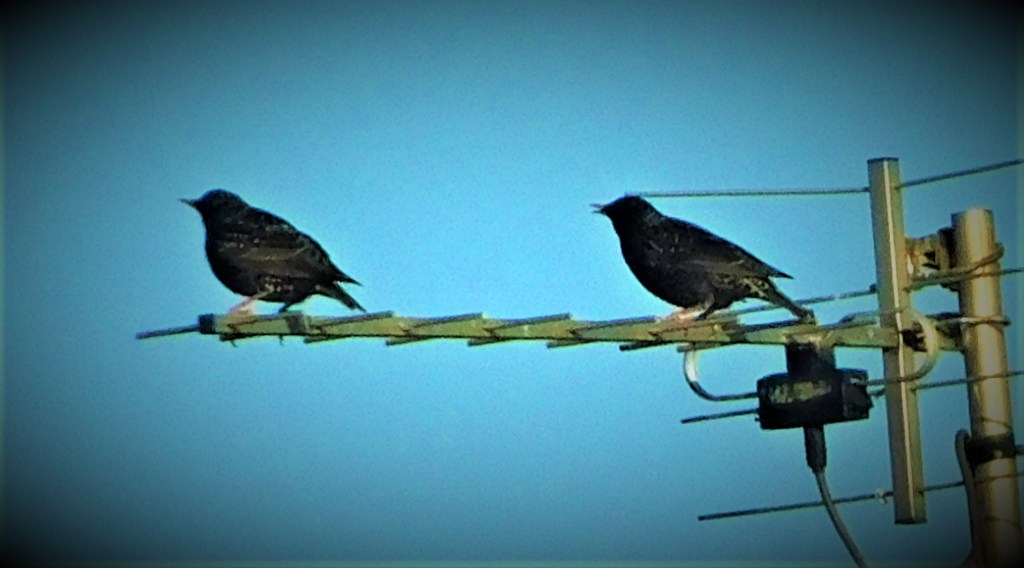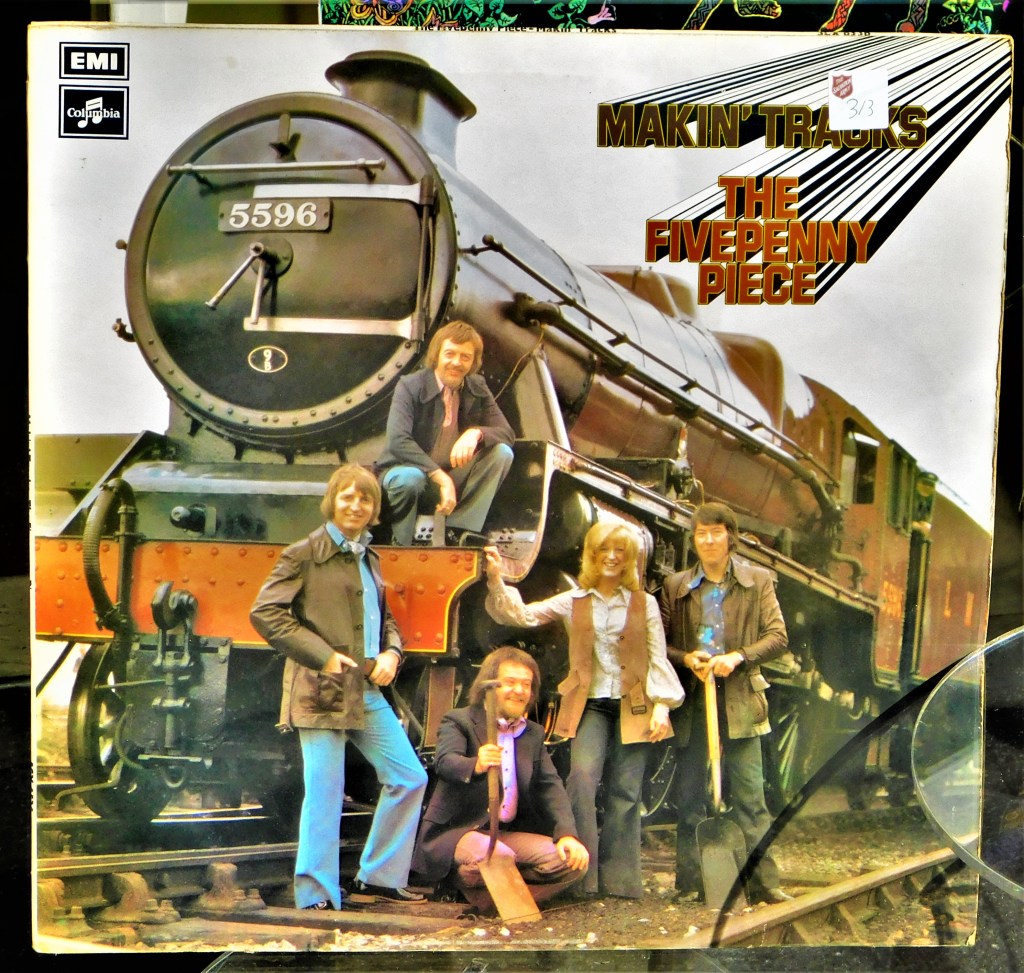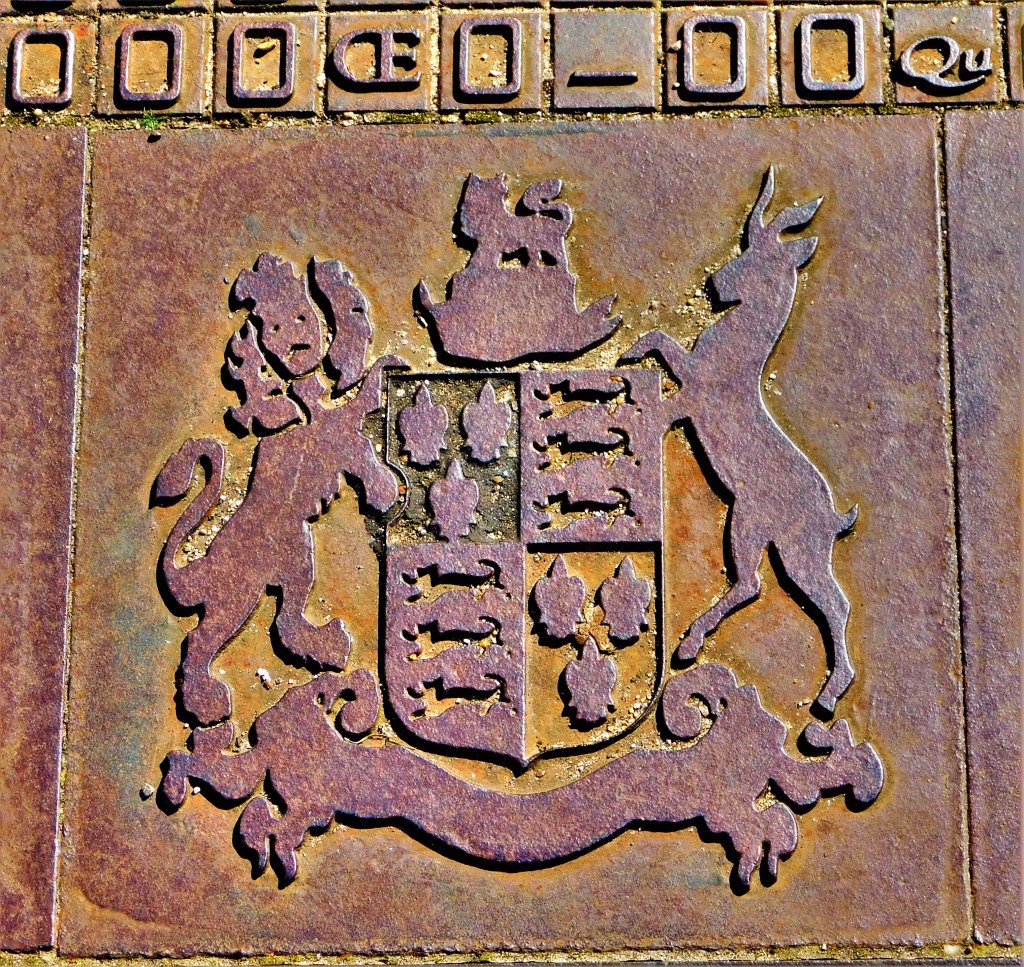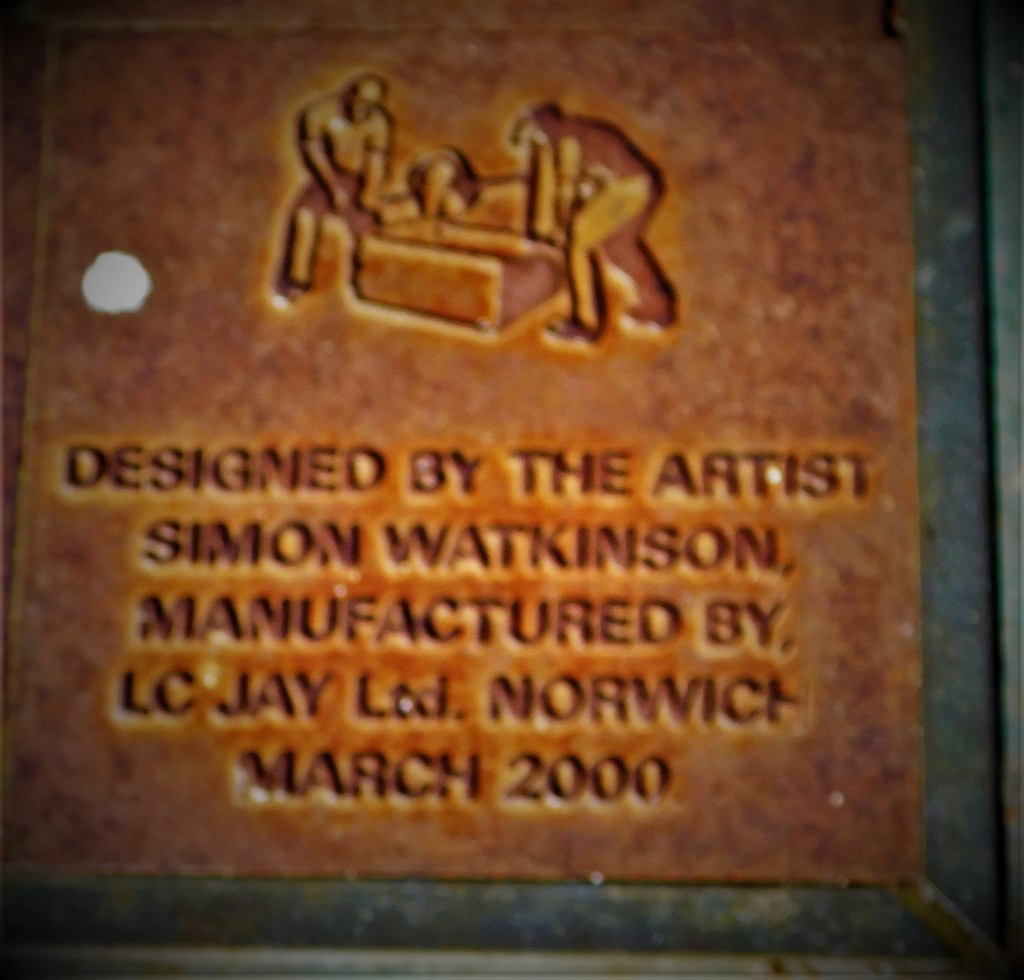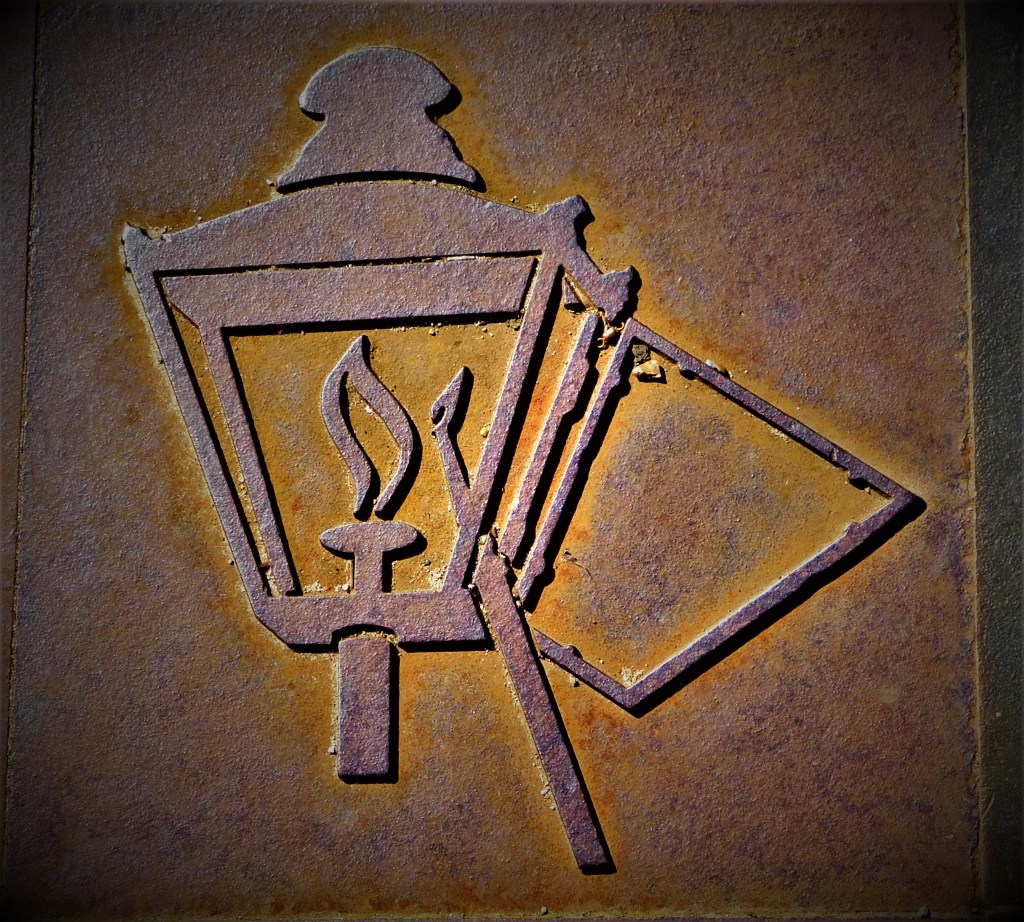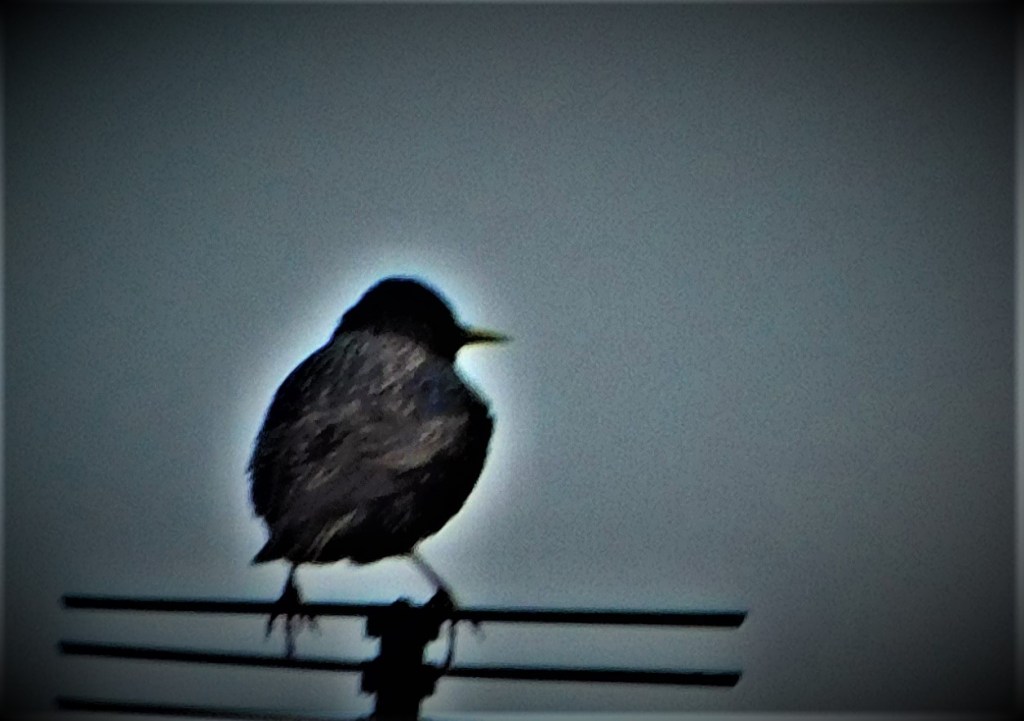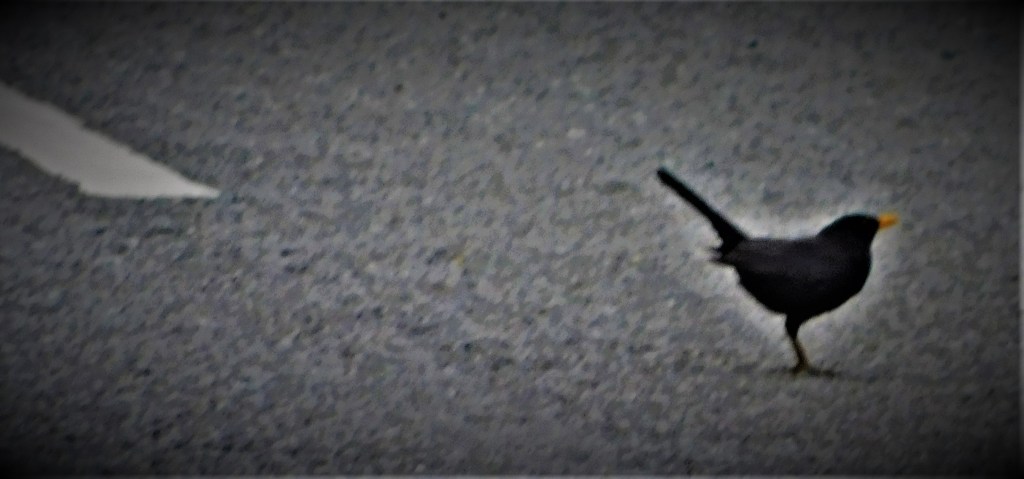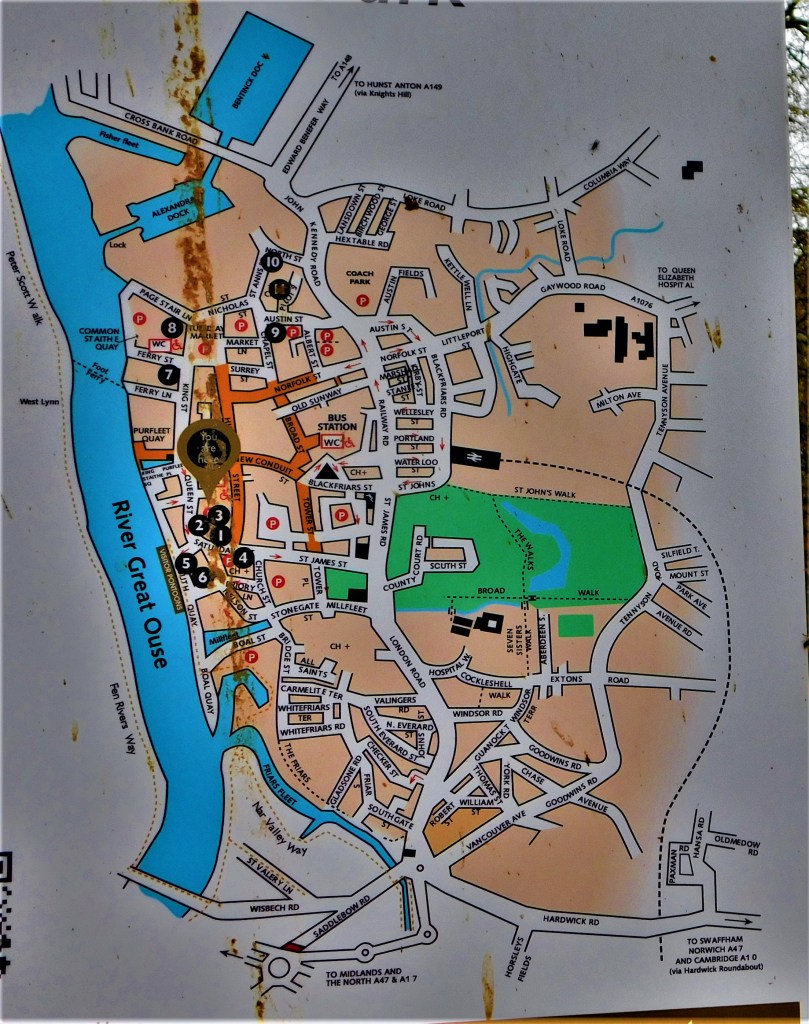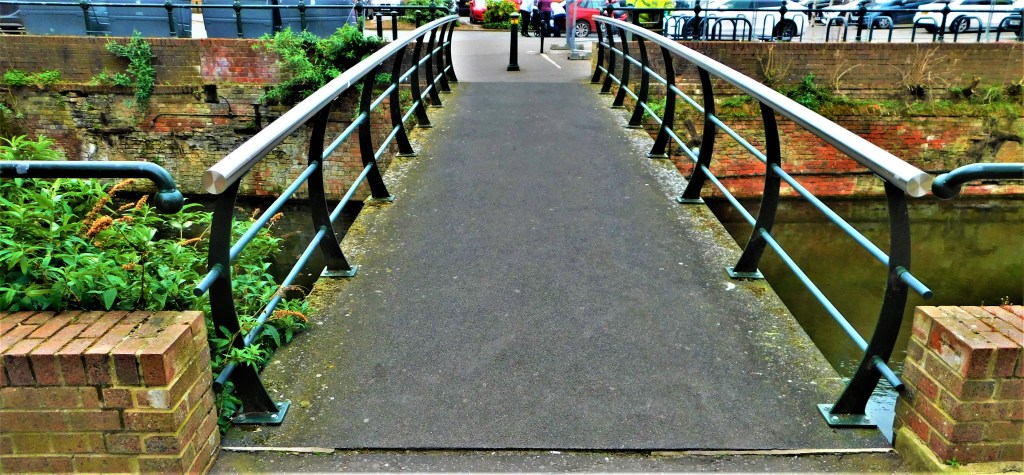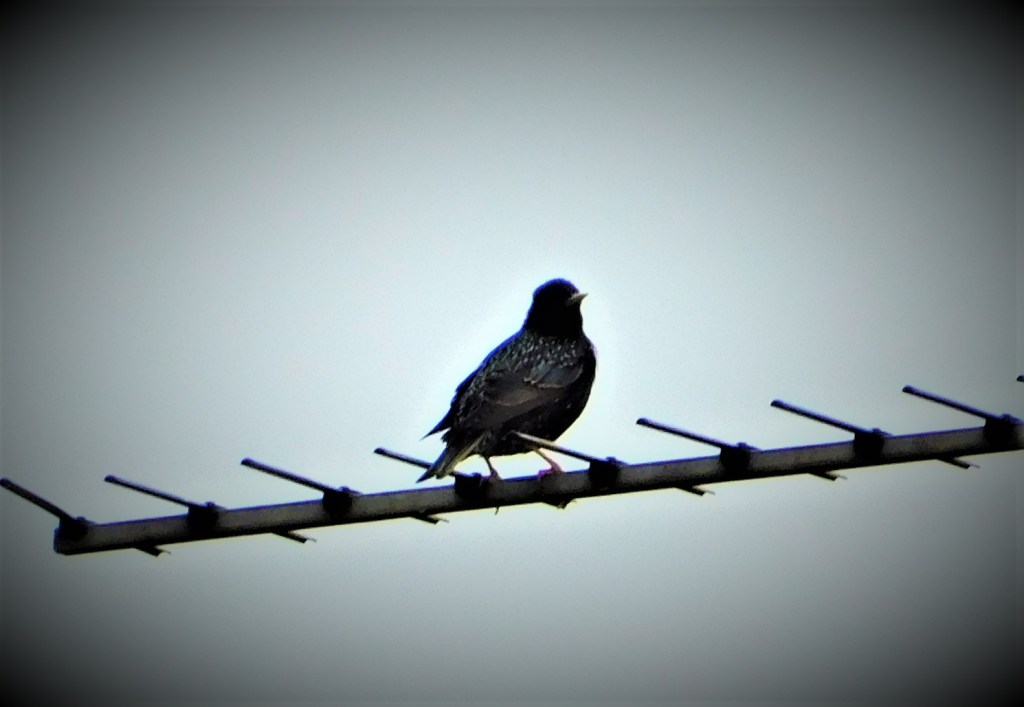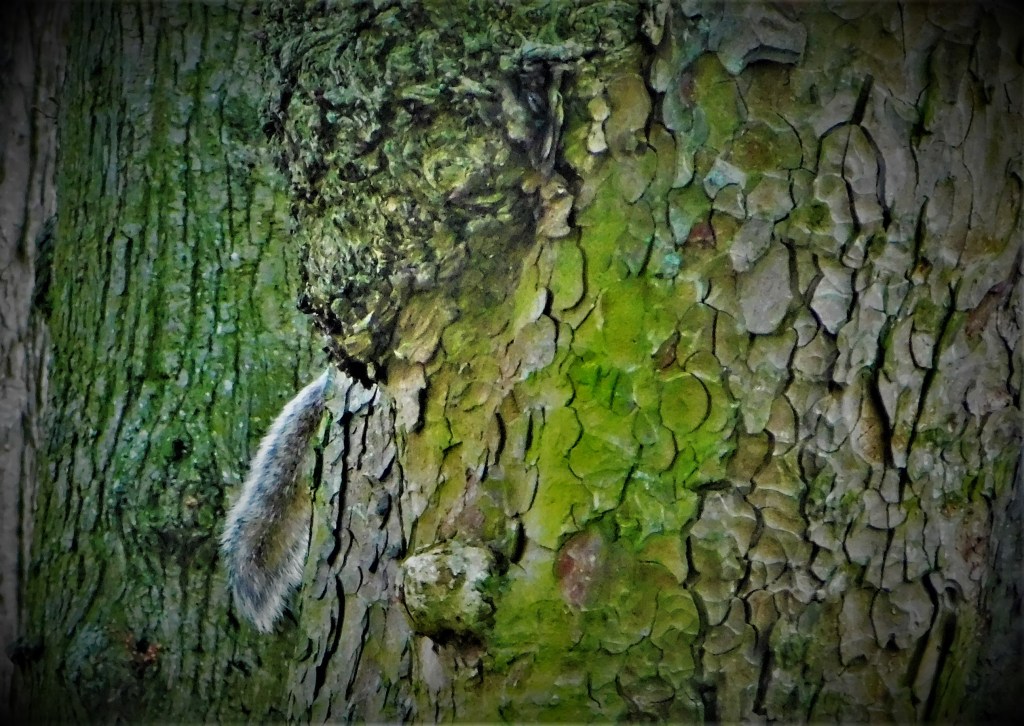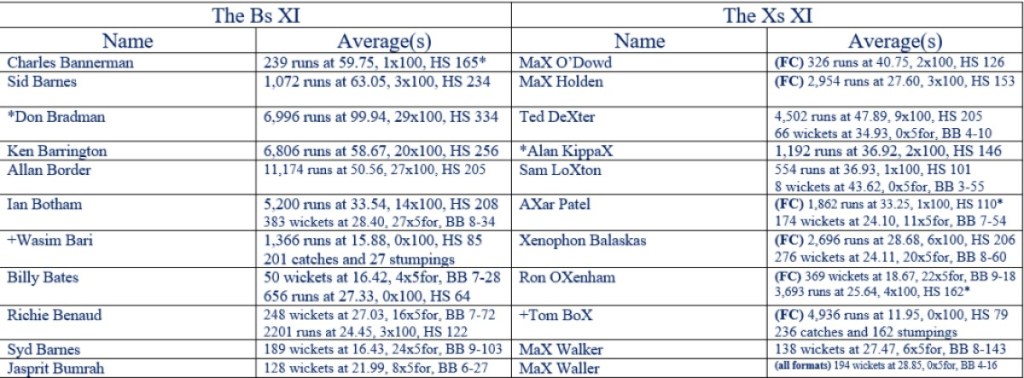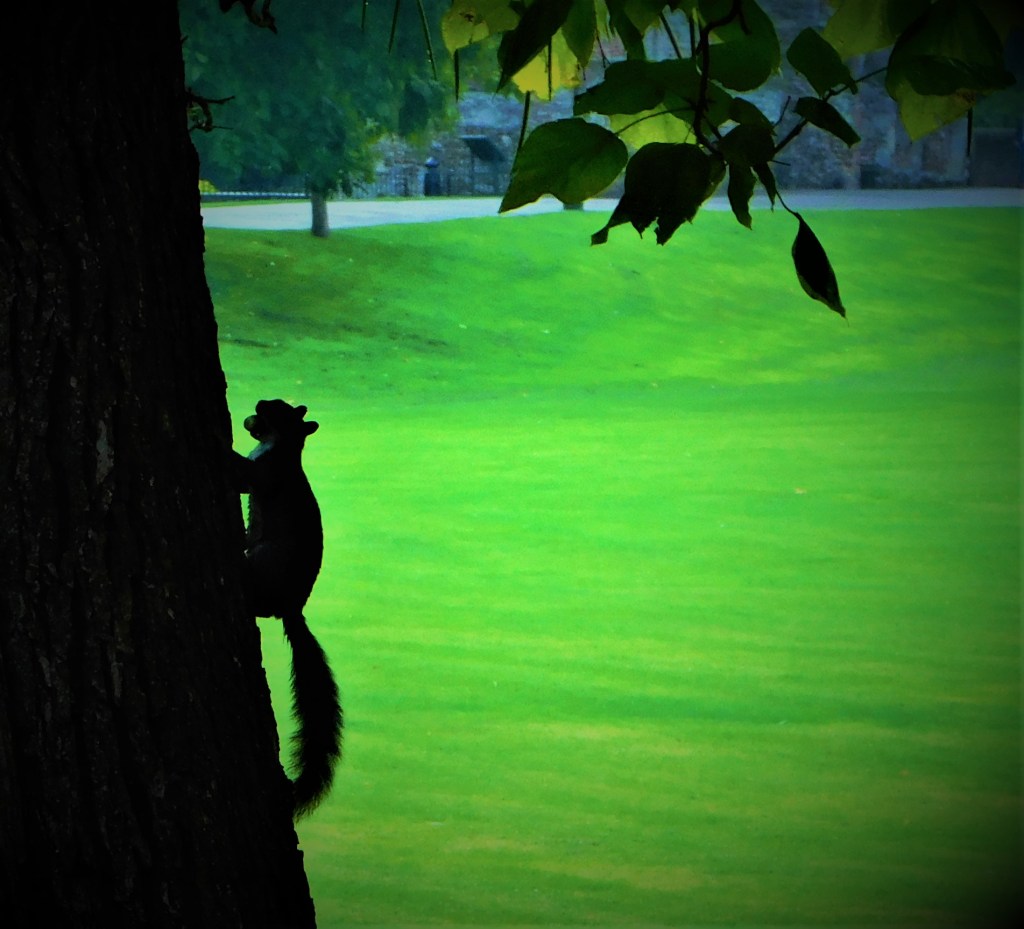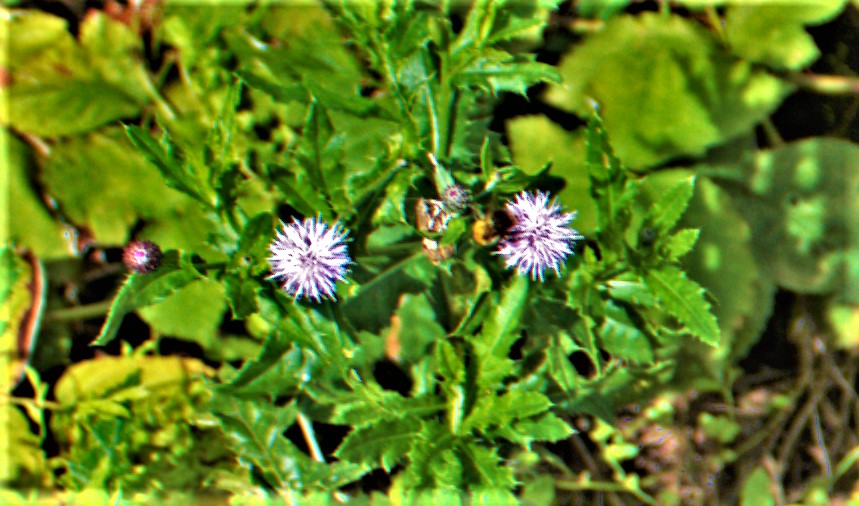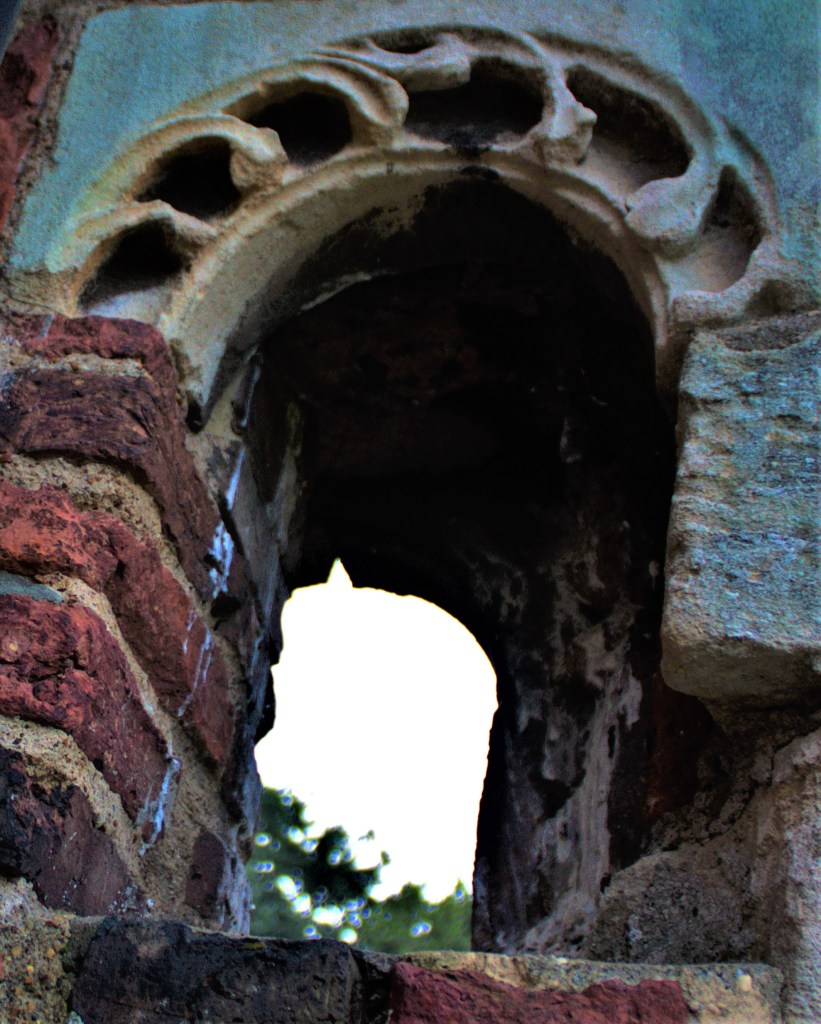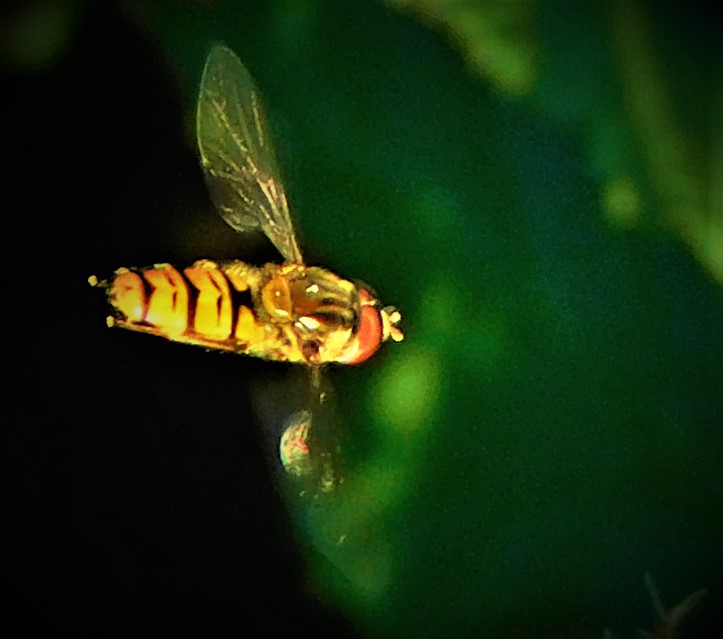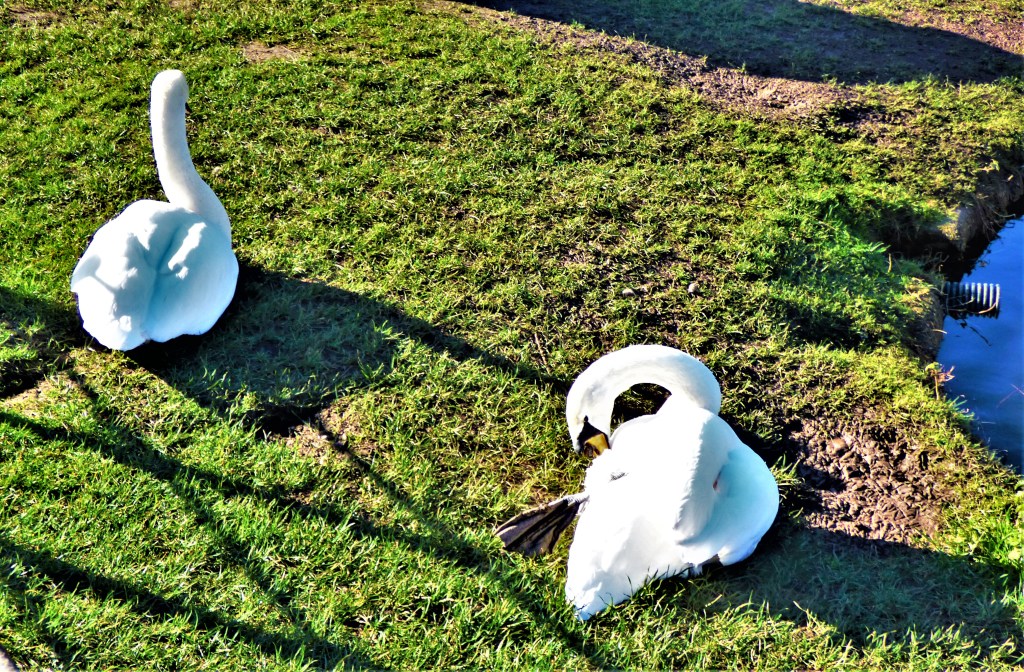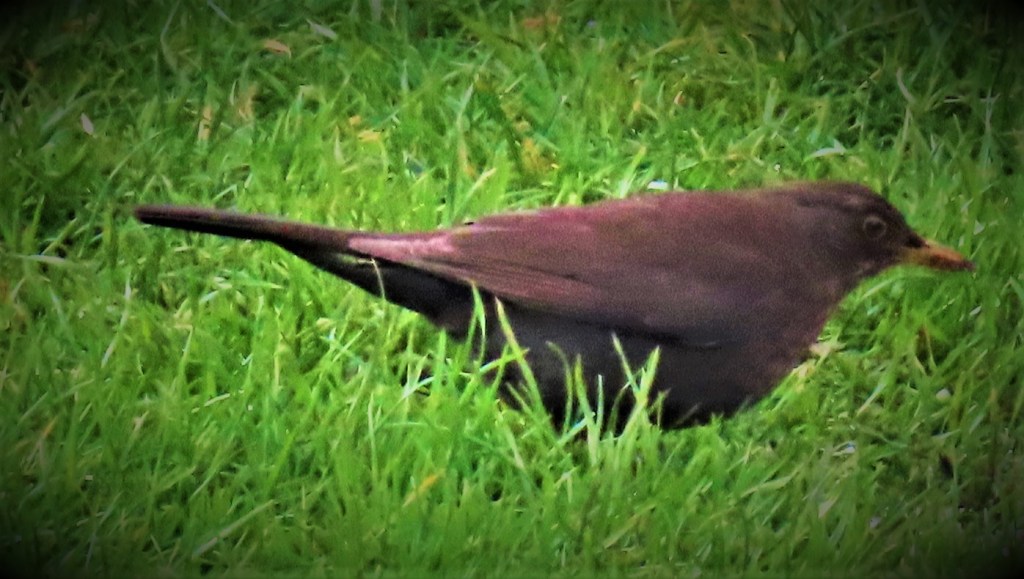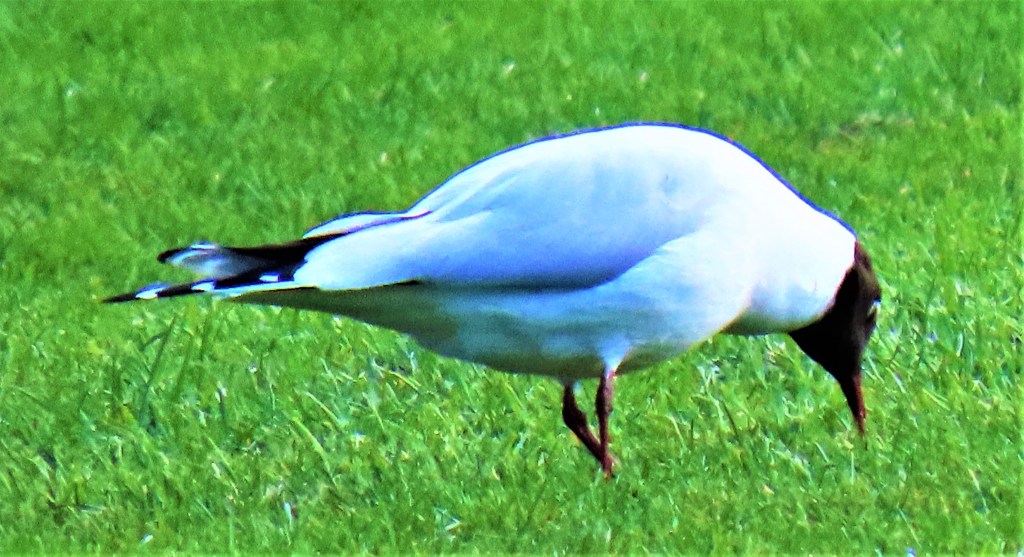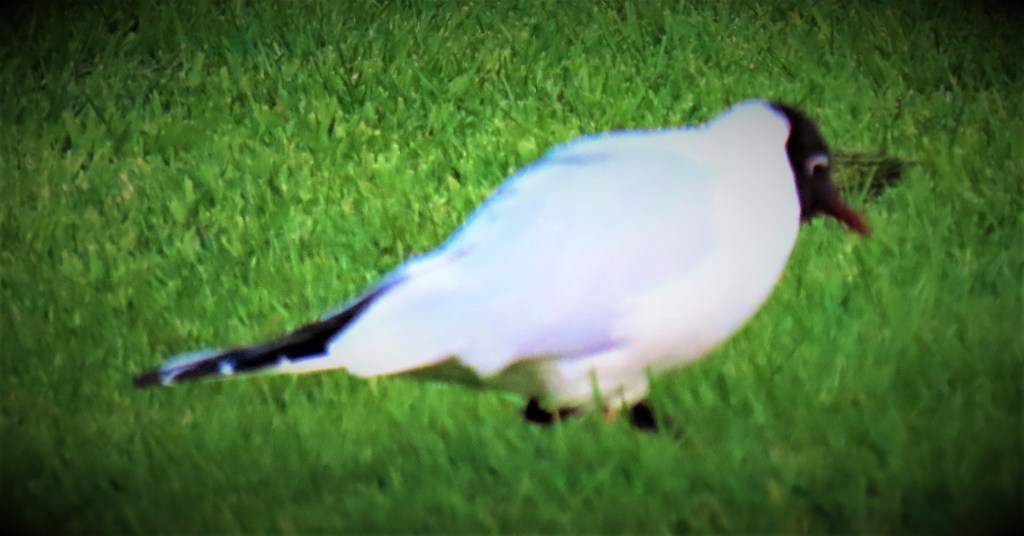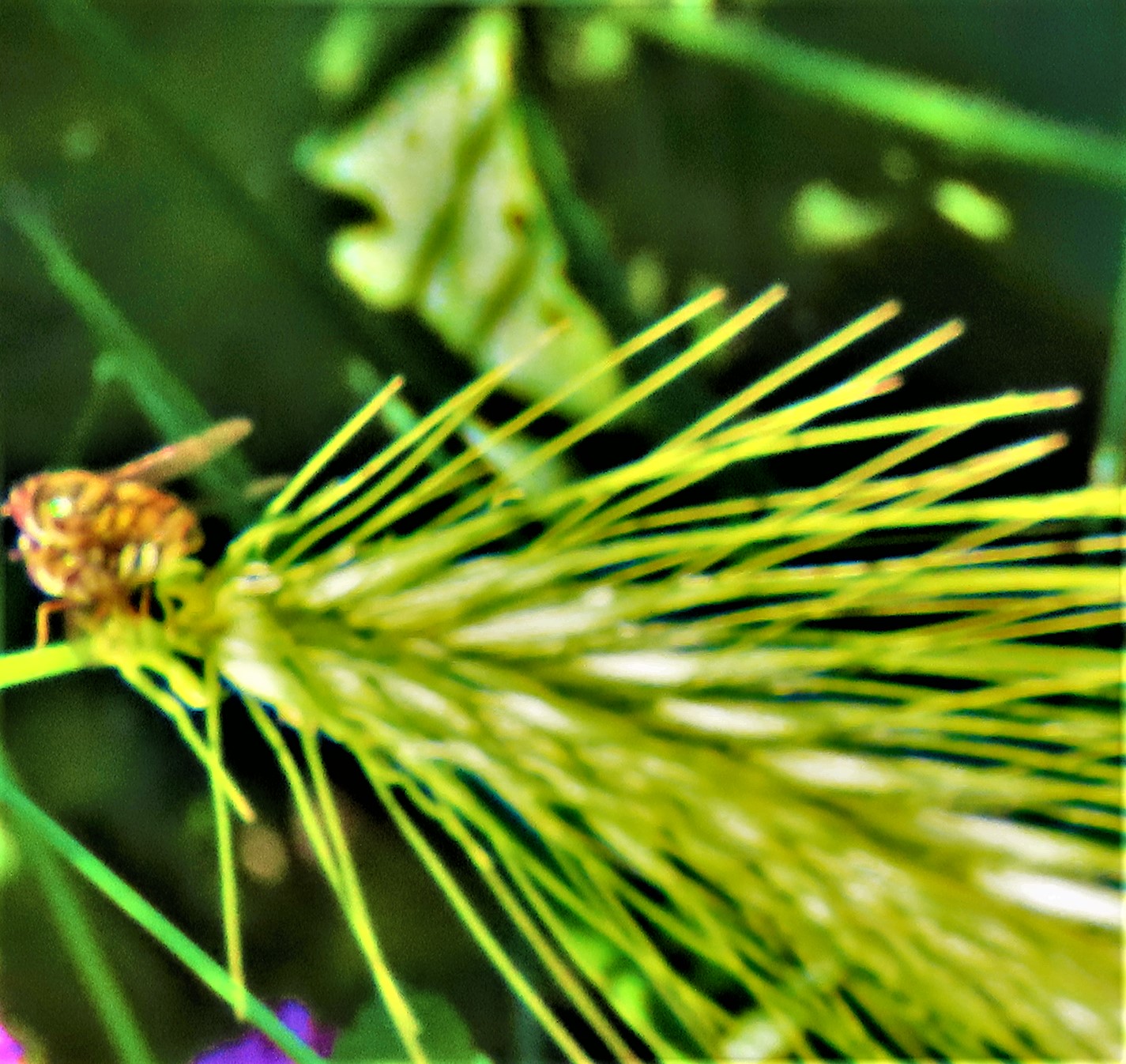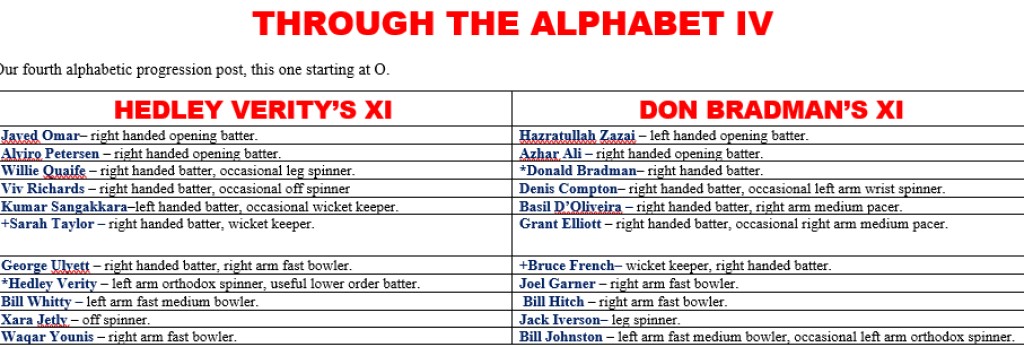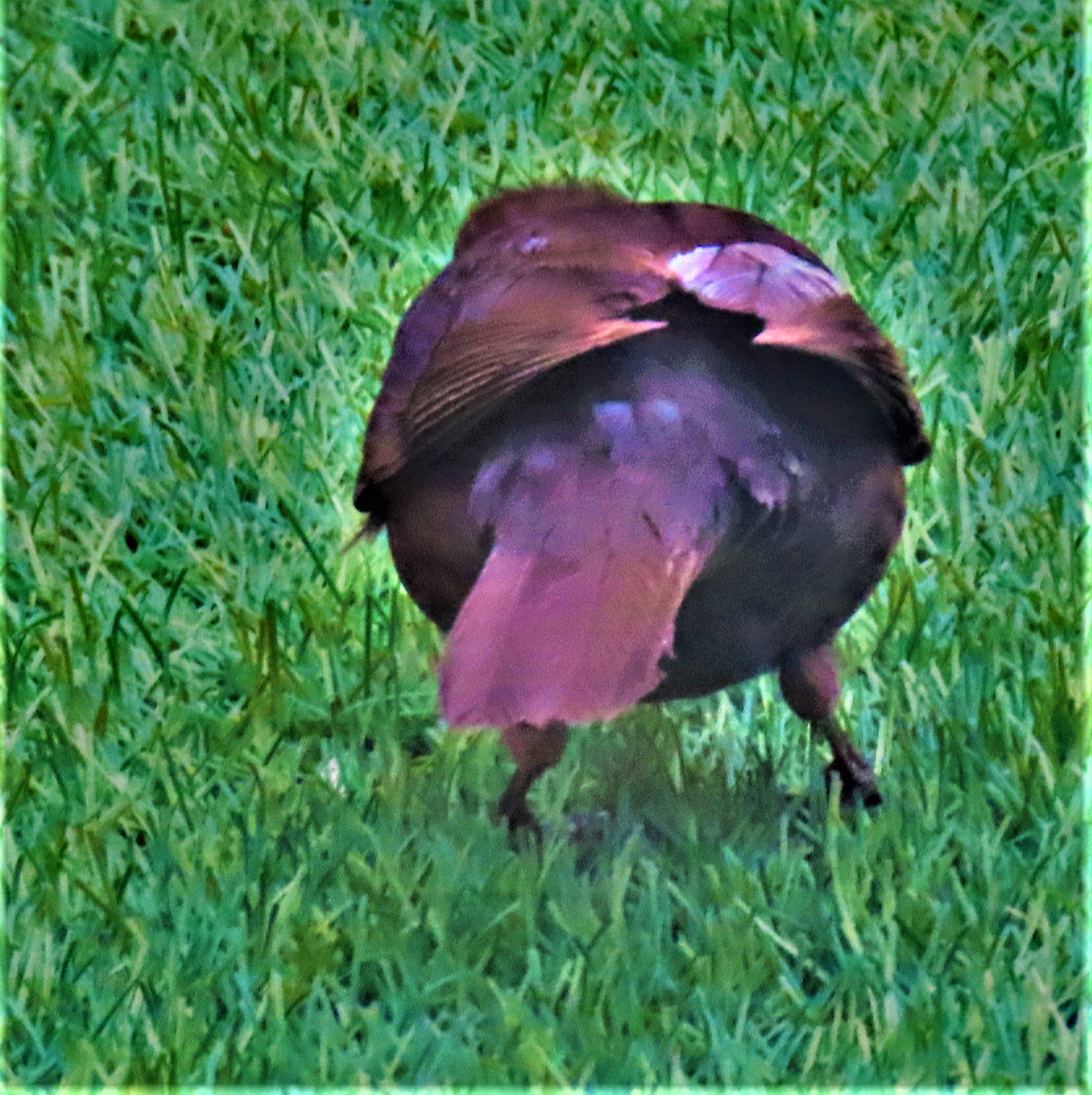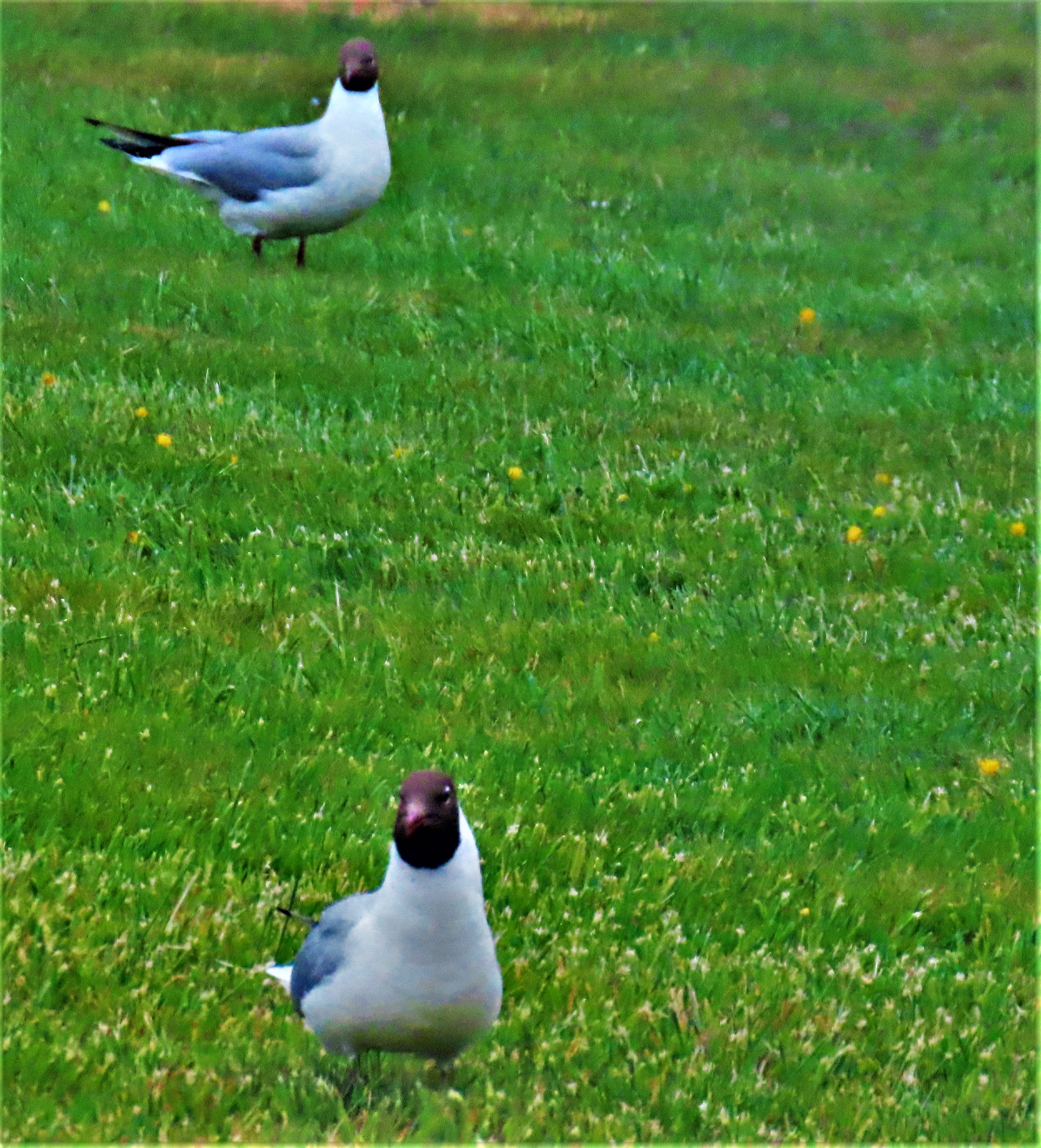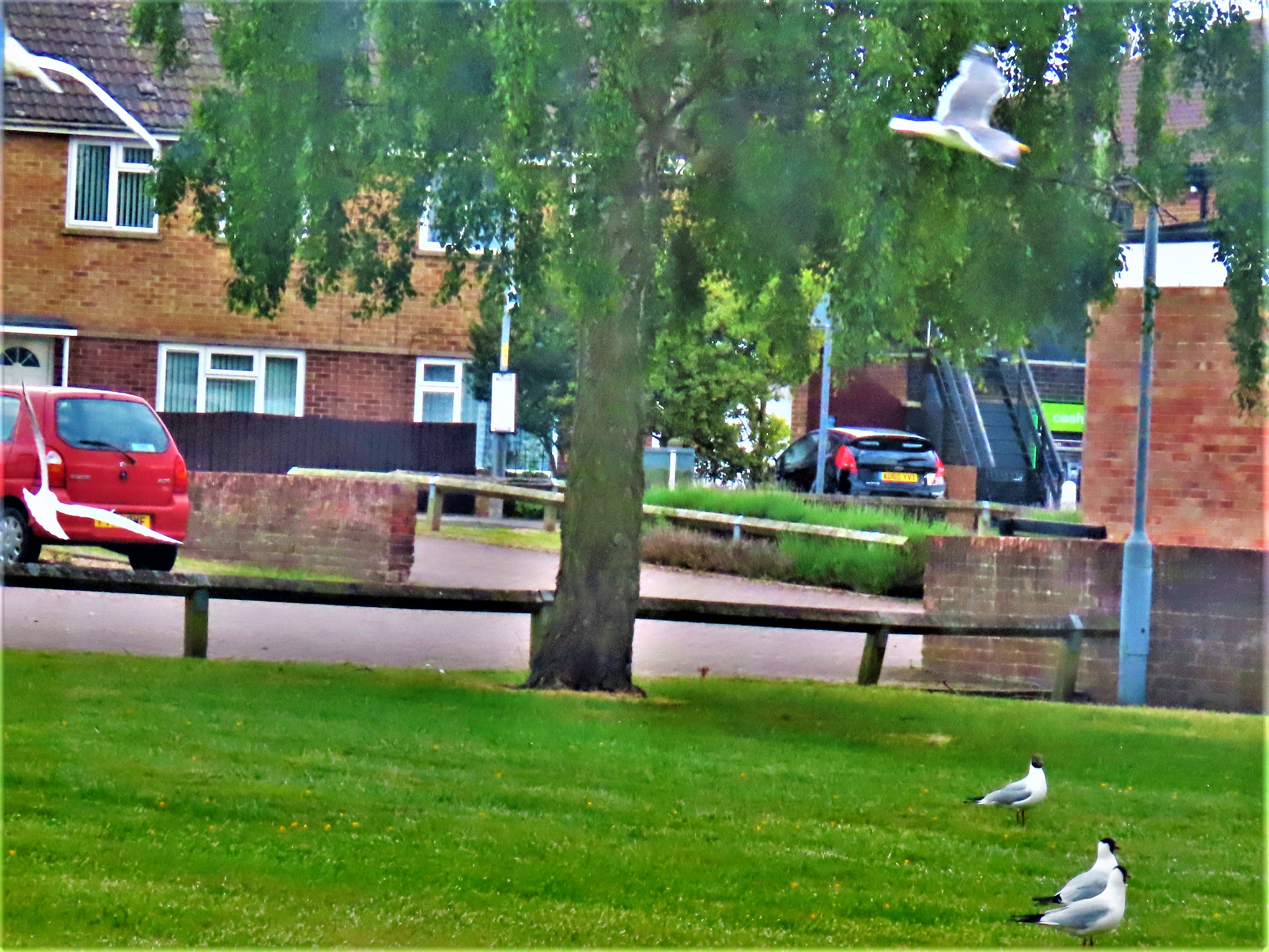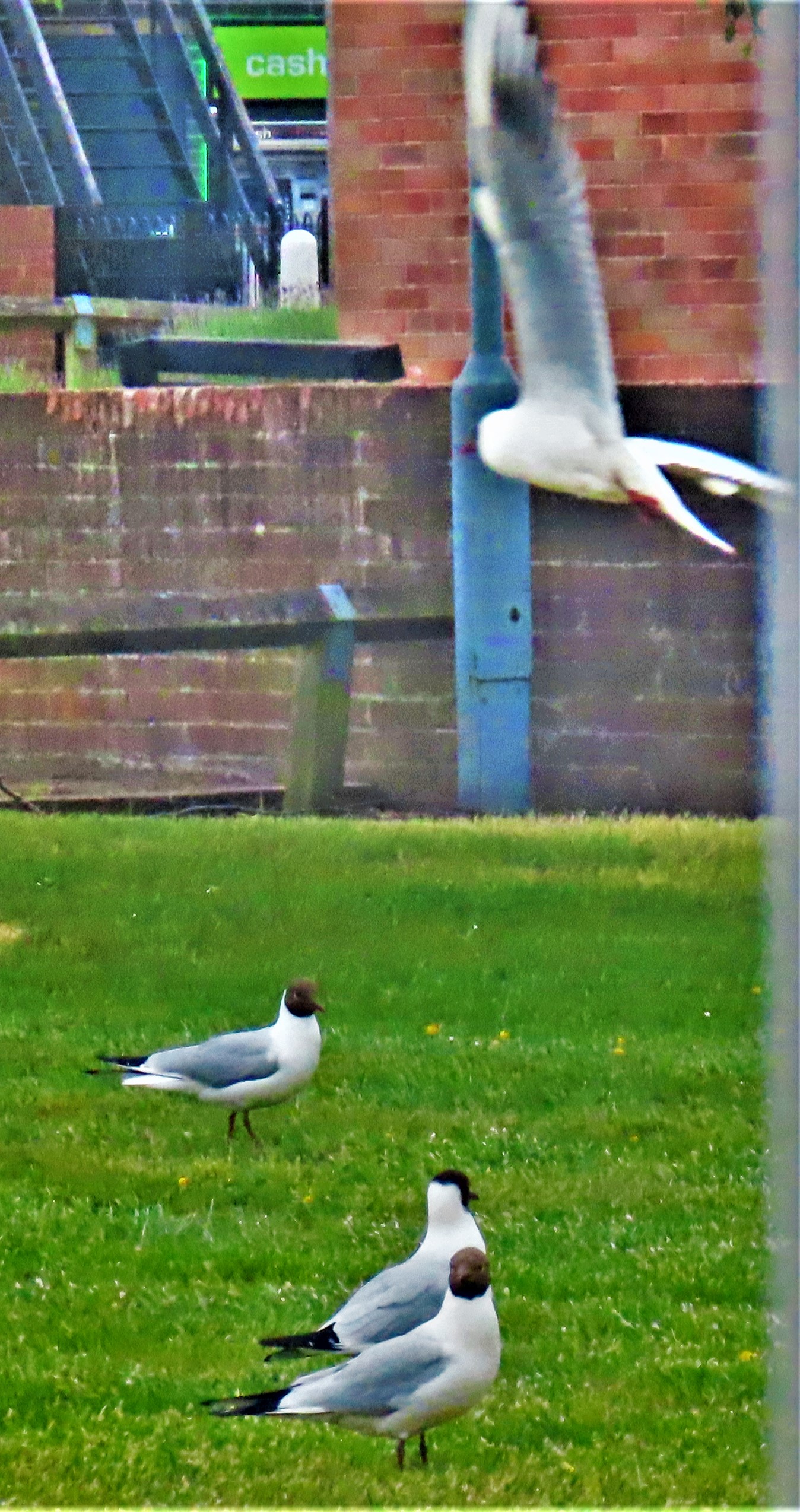For today’s blog post I have selected an XI made up entirely of players who captained their country in test cricket. I required players with excellent playing records – no passengers for me, and also who had been successful as captains.
THE XI IN BATTING ORDER
- Mark Taylor (Australia, left handed opening batter, ace slip fielder). Second link in a chain of four successive very successful Aussie skippers. He succeeded Allan Border who had inherited a rabble and passed on the best side in the world. Taylor kept Australia at the top of the world pecking order, in its own way as impressive an achievement as his predecessor’s feat of dragging them to the top in the first place.
- *Frank Worrell (West Indies, right handed opening batter, left arm fast medium bowler, occasional left arm spinner). He averaged 49 with the bat, which confirms that he was worth his place as a player. I have named him as captain of this side of captains because as well as being a superbly successful skipper he was one of genuinely historic importance – his appointment represented the end of a particularly unpleasant captaincy fetish, since he was the first black man to be appointed West Indies captain.
- Don Bradman (Australia, right handed batter, outstanding outfielder). The most prolific batter there has ever been, with a test average of 99.94, and a superb captain. In the 1936-7 Ashes he turned a 0-2 deficit after two matches into a 3-2 series win. In 1948 he led the Australians through an unbeaten tour of England.
- Clive Lloyd (left handed batter, outstanding cover fielder and later a fine slip). The pioneer of the ‘four fast bowlers’ strategy that propelled West Indies back to the top of the world game after a difficult period in the late 1960s and early 1970s.
- Steve Waugh (Australia, right handed batter, occasional right arm medium fast bowler). The third link in the chain of Aussie skippers I referred to earlier, and he built on the earlier achievements of Border and Taylor give an acknowledged best side in the world an aura of total invincibility.
- Imran Khan (Pakistan, right handed batter, right arm fast bowler). A great all rounder and a great skipper. Maybe in a few years time Stokes will challenge him for this slot – he has made an outstanding start as skipper, and an Ashes triumph this summer would help to cement his reputation in that role, but as things stands he has no challenger.
- +Rodney Marsh (Australia, wicket keeper, left handed batter). A bit of a cheat as he never actually captained his country, but keeper-captains in test cricket are few and far between, and successful keeper-captains at test level are in the ‘hens teeth’ category of rarity, and he would have been a better choice than Kim Hughes to skipper the 1981 Ashes touring party.
- Wasim Akram (Pakistan, left arm fast bowler, left handed batter). His greatness as a player is unquestioned and he was a fine skipper as well. Not too much should be read into the acrimonious end to his tenure in the top job – Pakistan skippers rarely go gently into the night.
- Richie Benaud (Australia, leg spinner, right handed batter). The first cricketer to achieve the test career double of 2,000 runs and 200 wickets. His captaincy highlights include regaining the Ashes in 1958-9, defending them in 1961 and again in 1962-3, and captaining Australia in the classic 1960-1 tied test series against the West Indies when his opposite number was Frank Worrell.
- Bishan Singh Bedi (India, left arm orthodox spinner, left handed tail end batter). One of the greatest ever masters of his craft and a successful skipper in somewhat difficult circumstances.
- Courtney Walsh (right arm fast bowler, right handed tail end batter). The first bowler ever to take 500 test wickets, and a respectable captaincy record in spite of the fact that the job is generally reckoned tough for specialist fast bowlers and the West Indies were on the way to crashing down from the heights of the Lloyd/ Richards eras by the time he got the job.
This side has a powerful batting line up, a great keeper, and Walsh, Wasim Akram and Imran Khan as front line bowlers, Benaud and Bedi as front line spinners and support bowling available from Worrell and Waugh. It is a side to be reckoned with in every department.
HONOURABLE MENTIONS
I regarded Frank Worrell as having the right handed openers slot under wraps, and I preferred my other opener to be left handed. Taylor’s chief rival for this slot was Andrew Strauss (England), who led his side to the top of the world rankings. Worrell’s presence also meant that I had to leave out WG Grace, a superb skipper as well as the best cricketer of the 19th century. I could not accommodate Border alongside Lloyd without having a huge surfeit of left handers, and I regarded the West Indian’s achievements as captain as being the greater. The fourth in that chain of successful Aussie skippers, Ricky Ponting, cannot be said to be unlucky – a) he was up against Bradman for the number three slot and b) when the greats he had inherited from his predecessors departed the scene he was shown up as a fairly ordinary skipper and one given to inappropriate outbursts – his rant on being run out by Gary Pratt and his infamous stand off with umpire Dar six years later being two examples. Another Aussie, Steve Smith, rendered himself ineligible by being caught up in a cheating scandal while captain. If you feel I have been unfair to your favourite feel free to comment. None of the England skippers I have witnessed in action have massively impressed me save Stokes, who I have mentioned as a potential future captain. Alec Stewart, who could have been used as a solution to the keeper-captain problem failed two grounds in my book: keeping was not his best role and he was a very poor skipper to boot.
PHOTOGRAPHS
I have a bumper photo gallery for you…







